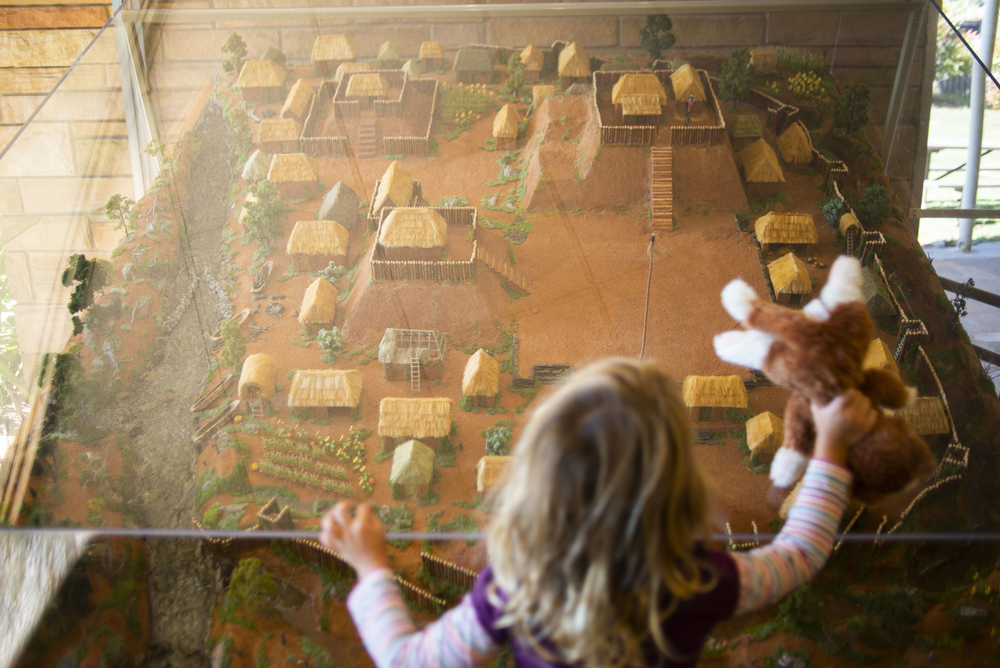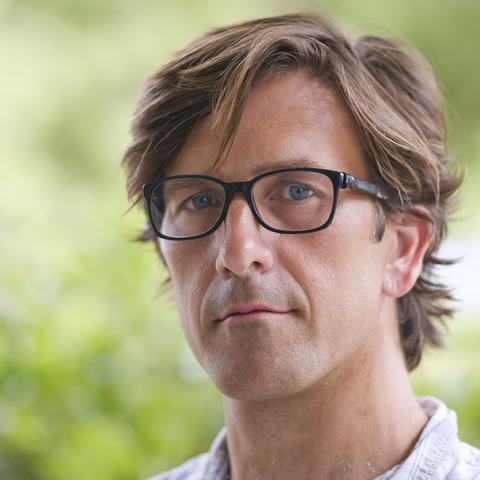
Caption
A diorama in the Etowah Mounds museum shows how the site may have looked at its peak. Years ago, the diorama replaced a cast of the remains of a women buried at the site. The cast once replaced the woman's actual remains.
Credit: Grant Blankenship / GPB News


